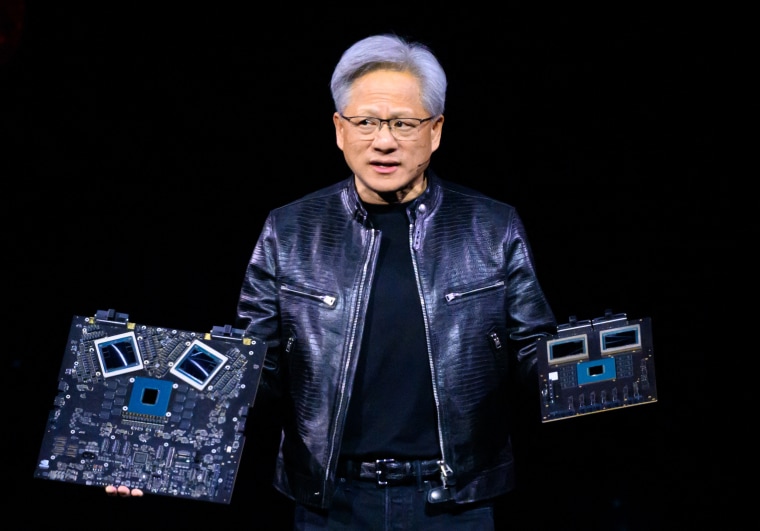In the fast-paced and highly competitive industry of computer chips and semiconductors, Intel has long been a dominant player. The company’s innovative technology and strong market presence have solidified its position as a leader in the U.S. chip industry for decades. However, as the technology landscape continues to evolve at a rapid pace, Intel is facing increasing challenges that are putting its relevance and market position in jeopardy.
One of the main issues plaguing Intel in recent years is its struggle to keep up with evolving industry trends and consumer demands. The shift towards mobile computing, cloud computing, and artificial intelligence has created a demand for more power-efficient and high-performance chips, a market segment where Intel has been faltering. Competitors like AMD, NVIDIA, and ARM have been quick to capitalize on these trends, offering innovative solutions that cater to the changing needs of the market.
Another major hurdle for Intel has been its manufacturing woes. The company has faced significant delays and setbacks in its transition to smaller nanometer processes, which has had a direct impact on its ability to deliver cutting-edge products in a timely manner. This has not only affected Intel’s competitive positioning but has also given its rivals an opportunity to gain ground and capture market share.
Additionally, Intel’s recent struggles with security vulnerabilities in its chips have not only damaged its reputation but have also raised concerns among consumers and businesses about the reliability and safety of its products. These security issues have further eroded customer confidence in Intel, making it even more challenging for the company to retain its market share and stay relevant in an increasingly competitive landscape.
To address these challenges and regain its competitive edge, Intel needs to focus on innovation, agility, and strategic partnerships. The company must accelerate its development of cutting-edge technologies, such as advanced AI processors, IoT solutions, and high-performance computing chips, to meet the evolving needs of the market. Intel should also prioritize its investments in manufacturing capabilities to improve efficiency and time-to-market for its products.
Furthermore, forging strategic partnerships with industry leaders and startups in emerging technologies can help Intel tap into new growth opportunities and expand its market reach. By collaborating with innovative companies in areas like automotive computing, edge computing, and data analytics, Intel can diversify its product portfolio and create new revenue streams to offset its declining market share in traditional chip segments.
In conclusion, while Intel has been a dominant force in the U.S. chip industry for many years, the company is currently facing significant challenges that threaten its relevance and market position. To adapt to the evolving technological landscape, Intel must prioritize innovation, enhance its manufacturing capabilities, address security concerns, and forge strategic partnerships to regain its competitive edge and secure its position as a leader in the semiconductor industry.

